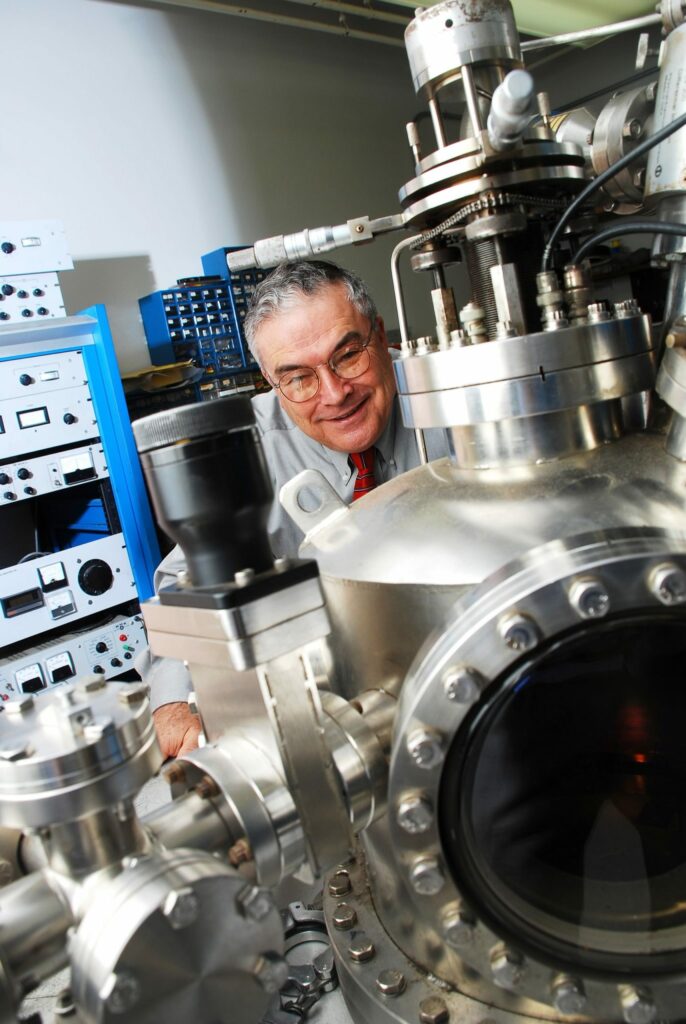
An expert in developing specialty glasses for use in health care, transportation infrastructure and other applications, Delbert Day is known for co-inventing radioactive glass microspheres. Now marketed as TheraSphere, Day’s product is used at over 200 sites worldwide to treat patients with inoperable liver cancer. Work by Day and other Missouri S&T researchers has led to the development of bioactive glass fibers – called Mirragen – that help speed the healing of chronic, non-healing wounds. A 1958 graduate in ceramics engineering, Day is the only S&T faculty member to be named to the National Academy of Engineering.
Share This Story
Spark a Memory?
Share your story! Fill out the form below to share your fondest memory or anecdote of S&T. If you'd prefer not typing, you can also share by phone at 833-646-3715 (833-Miner150).
So April. Very Fools. Many Smart. Amaze.
We don’t always pull pranks on April Fool’s Day. But when we do, we win. So proclaimed WIRED on their…
Megan (Jekel) and Jonathan Pardeck
Megan (Jekel), a member of Zeta Tau Alpha sorority, and Jonathan Pardeck, a member of Kappa Alpha fraternity, met through…
Four months away from Earth
Sandra “Sandy” Magnus has been part of three space flights and spent more than four months in space during her…
Jacquelyn (Stroble) and Robert Nagel
Jacquelyn (Stroble) and Robert Nagel met in 2005 during their first semester as graduate students. “We both took the same…
Fruit juice helps send children to school
Boonchai Songthumvat, MS EMgt’76, and his food scientist wife, Nuchanart, started Nuboon Co. in 1992 to manufacture fruit and vegetable…
S&T’s first building: the Rolla Building
Missouri S&T’s first building still stands and is home to our mathematics and statistics department. Built for Rolla’s high school,…